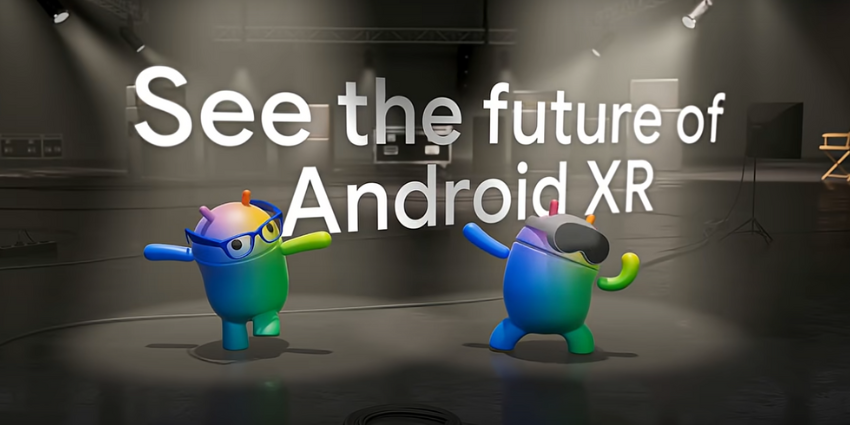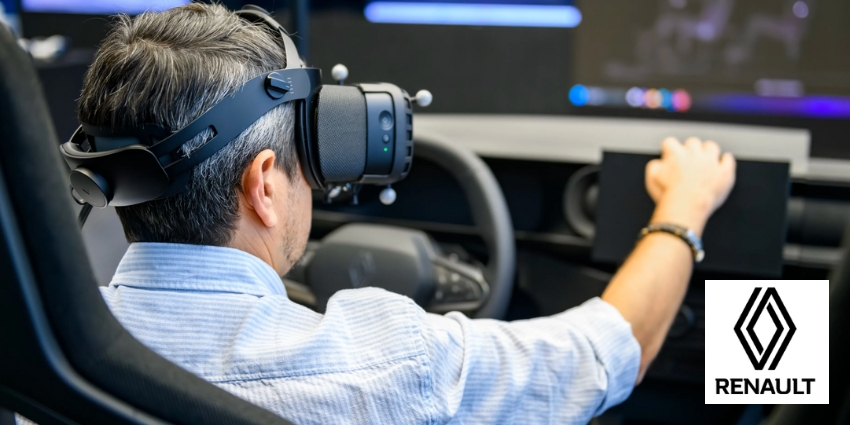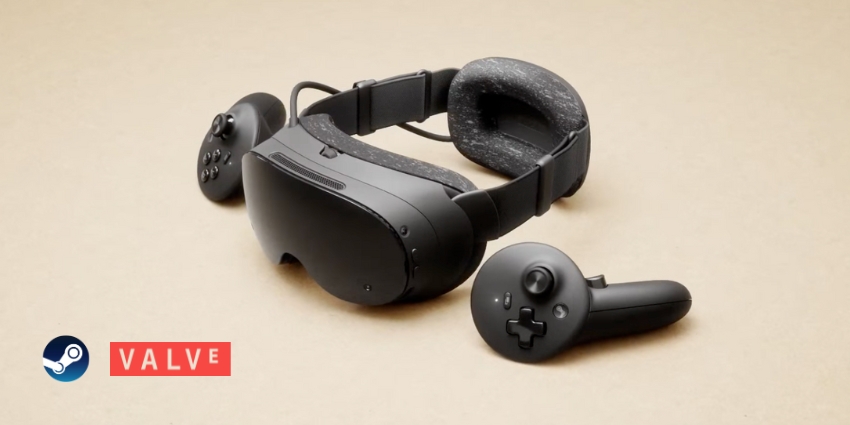For months, Samsung kept quiet about Project Moohan, leaving XR enthusiasts and industry watchers guessing about the company’s first major play in the mixed reality space.
The July Samsung ‘Unpacked’ event came and went without a single mention of the Android XR headset, despite earlier expectations that we’d finally get some concrete details.
But the silence has been broken. In Samsung’s recent Q2 2025 earnings call, the company confirmed that Project Moohan is still on track for a 2025 release, ending speculation about potential delays.
Daniel Araujo from Samsung’s MX mobile division told investors:
“Our XR headset, which seamlessly integrates the XR ecosystem developed in partnership with Google as well as multimodal AI capabilities will serve as a key stepping stone in solidifying our leadership in future technologies and further expanding the Galaxy ecosystem.”
Keeping Moohan Under Wraps
The contrast is striking. Just a few months ago at Unpacked in July, tech journalists were left wondering why Samsung stayed completely silent on what many consider their most anticipated product launch.
Now, thanks to recent hands-on demos and media previews, we have a much clearer picture of what Samsung has been working on. The headset, codenamed “Moohan” (meaning “infinity” in Korean), represents a joint effort between Samsung, Google, and Qualcomm that positions itself as a direct competitor to both Meta’s Quest lineup and Apple’s Vision Pro.
What We Know Now (No Thanks to Samsung’s Marketing Team!)
Based on early demonstrations, Project Moohan features micro-OLED displays with an impressive 3,000 DPI resolution, significantly outperforming the Meta Quest 3’s 1,200 DPI. The headset runs on Qualcomm’s Snapdragon XR2+ Gen 2 chipset and includes Google’s Android XR operating system with integrated Gemini AI capabilities.
The design takes cues from both major competitors while carving out its own identity.
It’s notably lighter than Apple’s 600-gram Vision Pro, featuring a rigid strap with a tightening dial system rather than Apple’s soft strap approach. Like the Vision Pro, it uses an external battery pack connected by cable, although Samsung includes magnetic light seals for customizable immersion levels.
For interaction, the headset supports both hand and eye tracking, with downward-facing cameras that reduce the need for excessive arm movement. Users can control a cursor with finger gestures and use eye tracking to gaze at icons before making selection gestures. Traditional VR controllers will also be available, though Samsung hasn’t shown them publicly yet.
AI That Talks Back
Where Project Moohan aims to differentiate itself is through AI integration.
The built-in Gemini assistant goes beyond simple voice commands, offering multimodal capabilities that can see and understand both real and virtual environments in real-time.
Users can tap the side of the headset to activate Gemini, then ask questions about objects in their field of view. The AI can provide contextual information, suggest related content, or even transport users to virtual locations through integrated Google Maps experiences. A “Circle to Search” function lets users draw circles around objects to get instant information.
Enterprise Applications? Probably
Samsung’s broader technology ecosystem positions Moohan well for business applications. The company has already built a solid B2B track record in emerging technologies, as demonstrated by executive Yong Chang’s assessment:
“Private 5G networks will enable progressive changes across all industry verticals. Applications like digital twins, autonomous vehicles, AI and AR are only a glimpse of the plethora of use cases Samsung’s 5G can bring to life.”
This enterprise foundation is already paying dividends in XR deployments across South Korea, including digital twins for Korea Electric Power Corporation, virtual simulations for Korea Water Resources Corporation, and AR training programs at Samsung Medical Center.
The company’s existing 5G network investments and diverse business divisions – from Samsung Heavy Industries to medical centers – could provide unique advantages for business deployments that competitors might struggle to match.
Pricing That Won’t Break the Bank
With an expected price point around $999, Project Moohan sits strategically between Meta’s Quest 3 ($499) and Apple’s Vision Pro ($3,499). This pricing is an attempt by Samsung to to offer premium features without the Vision Pro’s luxury- and arguably preclusive – price tag.
The Android XR platform should provide immediate access to existing Android apps through the Google Play Store, though Samsung will need compelling exclusive content to truly compete with Meta’s established Horizon ecosystem.
While Samsung hasn’t announced a specific release date beyond “this year,” industry reports suggest a possible October launch in South Korea, with broader international availability following shortly after. After months of speculation and silence, it seems Samsung is finally ready to show what Project Moohan can really do.







